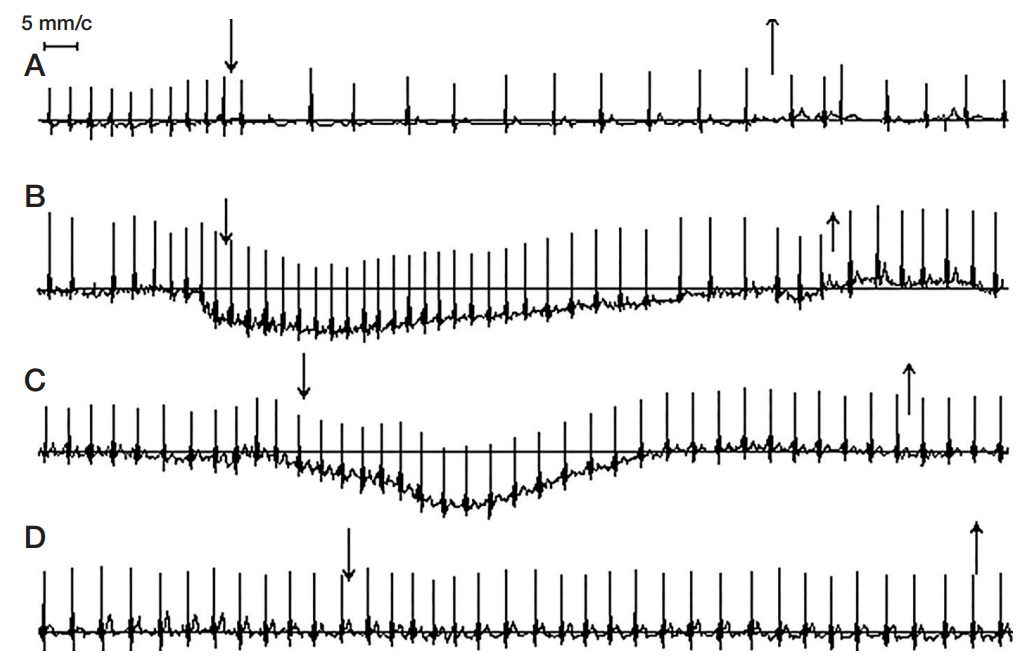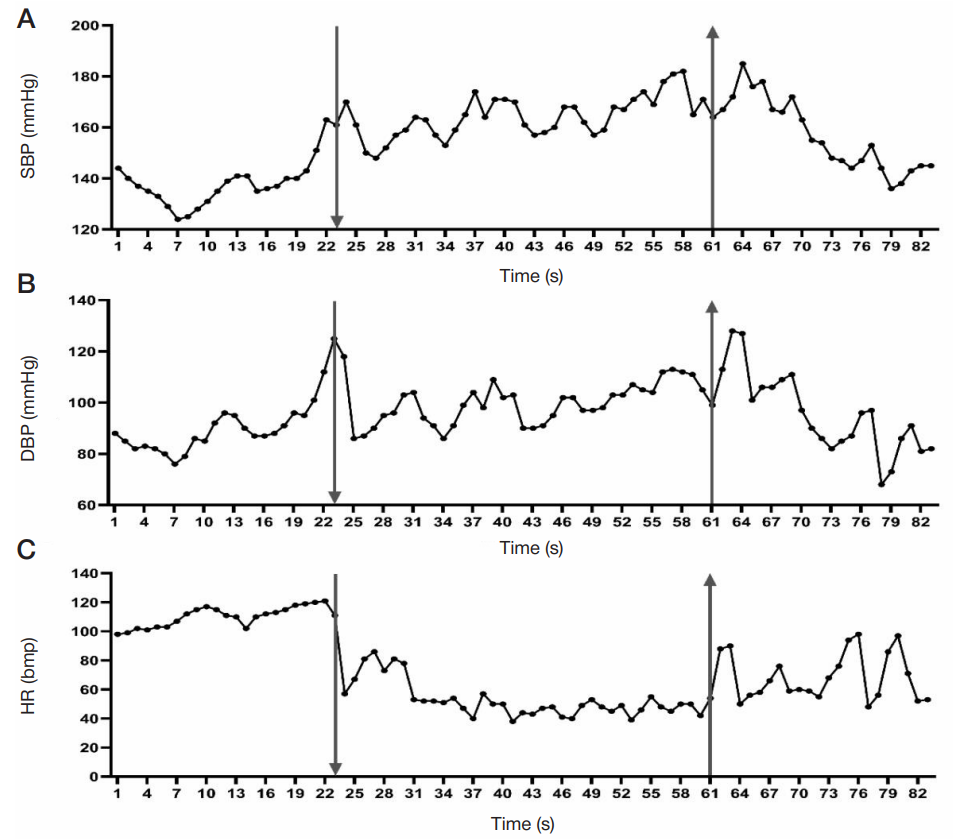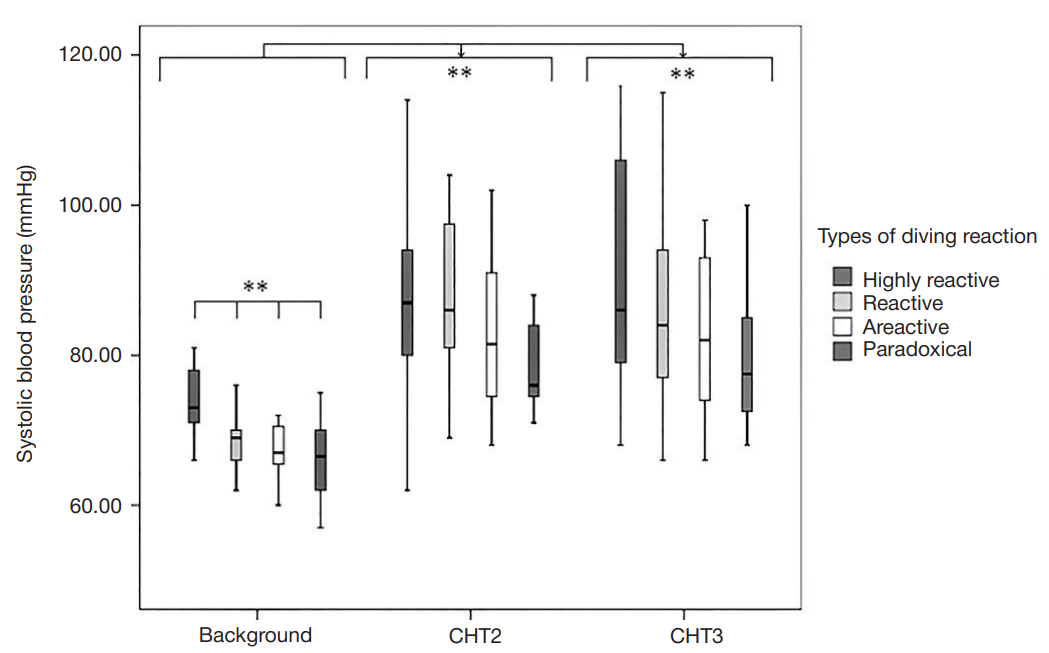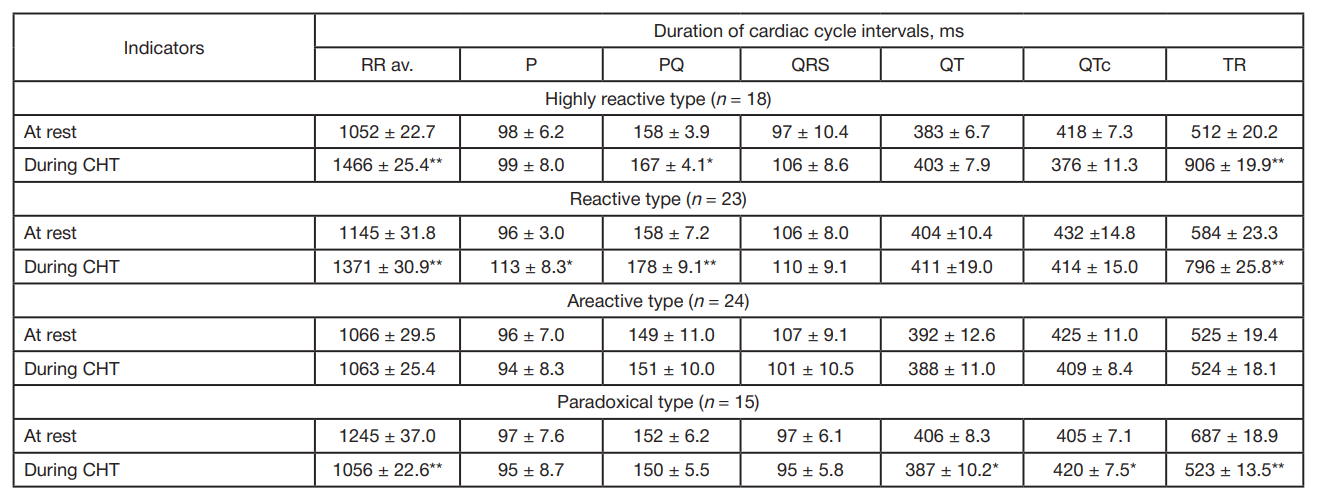
This article is an open access article distributed under the terms and conditions of the Creative Commons Attribution license (CC BY).
ORIGINAL RESEARCH
Specifics of reaction of human cardiovascular system to immersion in cold water
1 Saint Petersburg State University, St Petersburg, Russia
2 Lesgaft National State University of Physical Education, Sport and Health, St. Petersburg, Russia
3 Federal Research and Clinical Center for Sports Medicine and Rehabilitation of the Federal Medical Biological Agency, Moscow, Russia
Correspondence should be addressed: Mkrtych G. Ogannisyan
B. Dorogomilovskaya, 5, Moscow, 121059, Russia; ur.abmftrops@gmnaysinnago
Funding: the study was conducted as part of discharging work duties at the St. Petersburg State University.
Author contribution: Baranova TI — article conceptualization, authoring, general editing; Rybyakova TV — article conceptualization, general editing; Dmitrieva MO — search for and analysis of sources, statistical data processing; Anisimov DA — search for and analysis of sources, compilation of tables, preparation of figures; Tarasova MS — search for and analysis of sources, article authoring; Ogannisyan MG — selection of approaches to mathematical modeling and their optimization.
Compliance with the ethical standards: the study was conducted in accordance with the Helsinki Declaration and approved by the Human Research Ethics Committee (Minutes #40 of March 07, 2012). All subjects were familiarized with the test protocol and signed an agreement to participate therein.









